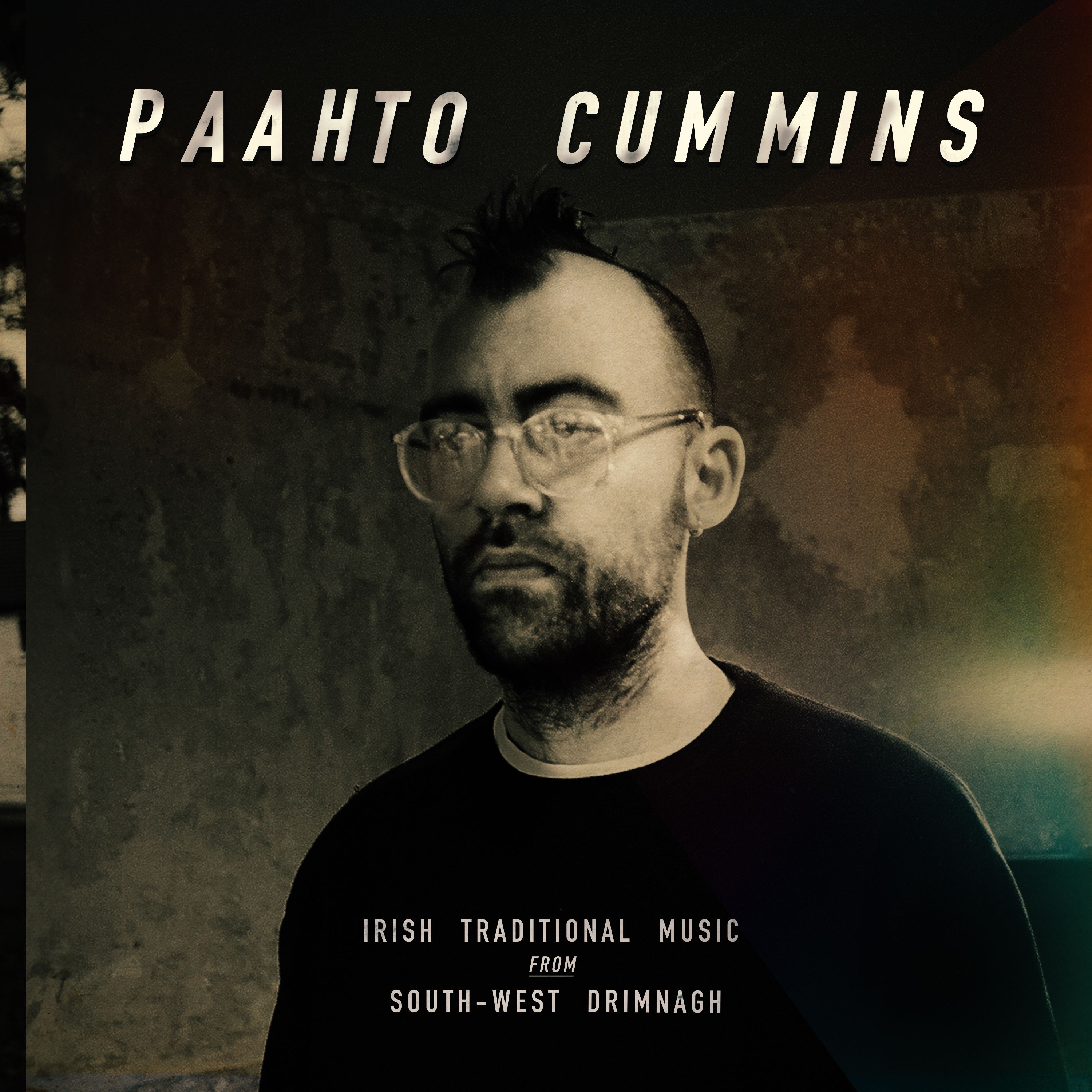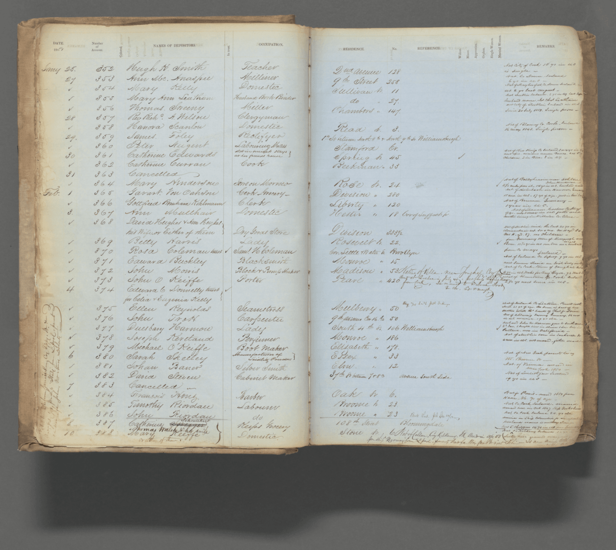Banjo players rejoice! In the media player this week is “Irish Traditional Music from South-West Drimnagh” by Paahto Cummins. It’s a daring album as it’s the first of its kind, a solo banjo album in the strictest sense – all banjo and not a lick of accompaniment of any kind to be found on it, at all, whatsoever. It’s a pretty big risk to take, not approaching the instrument as if it were a piece of artillery that uses triplets as rounds to fell its enemies. No, no, what Cummins is on to here is all about exploring the subtleties in the instrument’s expression and using them to make great music that traditional music lovers can relate to.
From Drimnagh in Dublin, home to the likes of Sean Potts, Johnny McNamara, and Sean & James Keane, Cummins is perhaps best known as a member of the fabulous band Skipper’s Alley. You’ll also often see him out making music in places with his bandmate John Francis Flynn, whose solo work has been getting a lot of attention in the recent past. (If you’ve ever seen the video for Flynn’s song “Mole In The Ground,” you’ll have seen Cummins, who stars as the ice cream van driver.) Cummins is also a member of the Dublin-based bluegrass band "Mules & Men” and has his own podcast, “At The Crossroads” (https://shows.acast.com/at-the-crossroads) on which he “focuses on musical analysis of, broadly speaking, the genres of traditional, folk and ancient music across the world.”
Cummins is an interesting musician. A great player, he brings a bit of didacticism to his work, which is https://shows.acast.com/at-the-crossroadssomething he comes by honestly, having graduated from the University of Limerick’s Irish World Academy in 2013 with a BA. For his final year project, he wrote a thesis called “A Stylistic Analysis of Páraic Mac Donnchadha, East Galway Banjo Player.” I read it some years back and found it an insightful examination of one of the finest, and in my opinion, most interesting banjo players out there today.
In it, Cummins had great things to say about the banjo’s place in Irish music and he shed well-considered critical light on Mac Donnchadha’s playing style, which is rendered, by design, to articulate with the musicians he’s played with over the years (folks like Paddy Carty and Conor Tully) in as sensitive and musical a way as possible. The results are tasteful, full of lift, and satisfying to experience.
As I re-read Cummins’s thesis in putting this article together, I came across one line summing up Mac Donnchadha’s style that stuck out to me: “it is more difficult to play with this amount of music than it is to play with a bucket-load of technique.” (In context, I think “technique” was meant to mean “flash.”) It’s a truism that I think also describes how Cummins models his own method and it gets us to what makes this album engaging.
Like Mac Donnchadha, Cummins has a way of playing that feels very individual, and the spotlight he’s put himself into results in something that really does appear to be new. As I suggested above, a truly solo banjo album hasn’t happened before. The tone he pulls from the banjos he plays, is mellow, subdued and quite different from the tones you’re likely to hear on other banjo albums. He uses these things to showcase the subtlety and nuance in his playing and it’s what gives tracks like “Lonesome Fiddler / …,” “Tommy Coen's / …,” and “Laird of Drumblair” their special character. It especially works on a track like “Little Beggarman / Thomond Bridge,” where he breaks out a little and introduces some flashier ideas that really benefit from this approach.
But the album has other facets that might be equally audacious. Cummins dares to slow the tempo down on “Brian Ború's March” and really lets the notes ring in a solemn way. As the track wears on he introduces some very sweet harmonies that add to what he’s doing. It’s really not the sort of thing you’d hear on the vast majority of banjo albums. Later on, he goes for something that’s nearly unheard for banjoists: a slow air. I find his take on “Lament for Staker Wallace” one of the finer tracks on the record and is a bit of thought provoking musicianship. Very unusual, but a great way of bringing variety to his work.
“Irish Traditional Music from South-West Drimnagh” is bold and daring vision for what the banjo can be. Don’t listen expecting to be dazzled with technical bravado because you won’t find it. Instead, listen for subtlety. This album will challenge banjo players because Cummins succeeds in expanding the instrument’s sonic palette. His tone is different as is the way he handles the notes in the tunes. The restraint in his approach is admirable as it allows the nuance in the music to be front and center. Like he wrote in his thesis, it’s difficult to play with this amount of music, but somehow Cummins brings it all together. Check it out! For more info, visit https://paahtocummins.bandcamp.com/.









